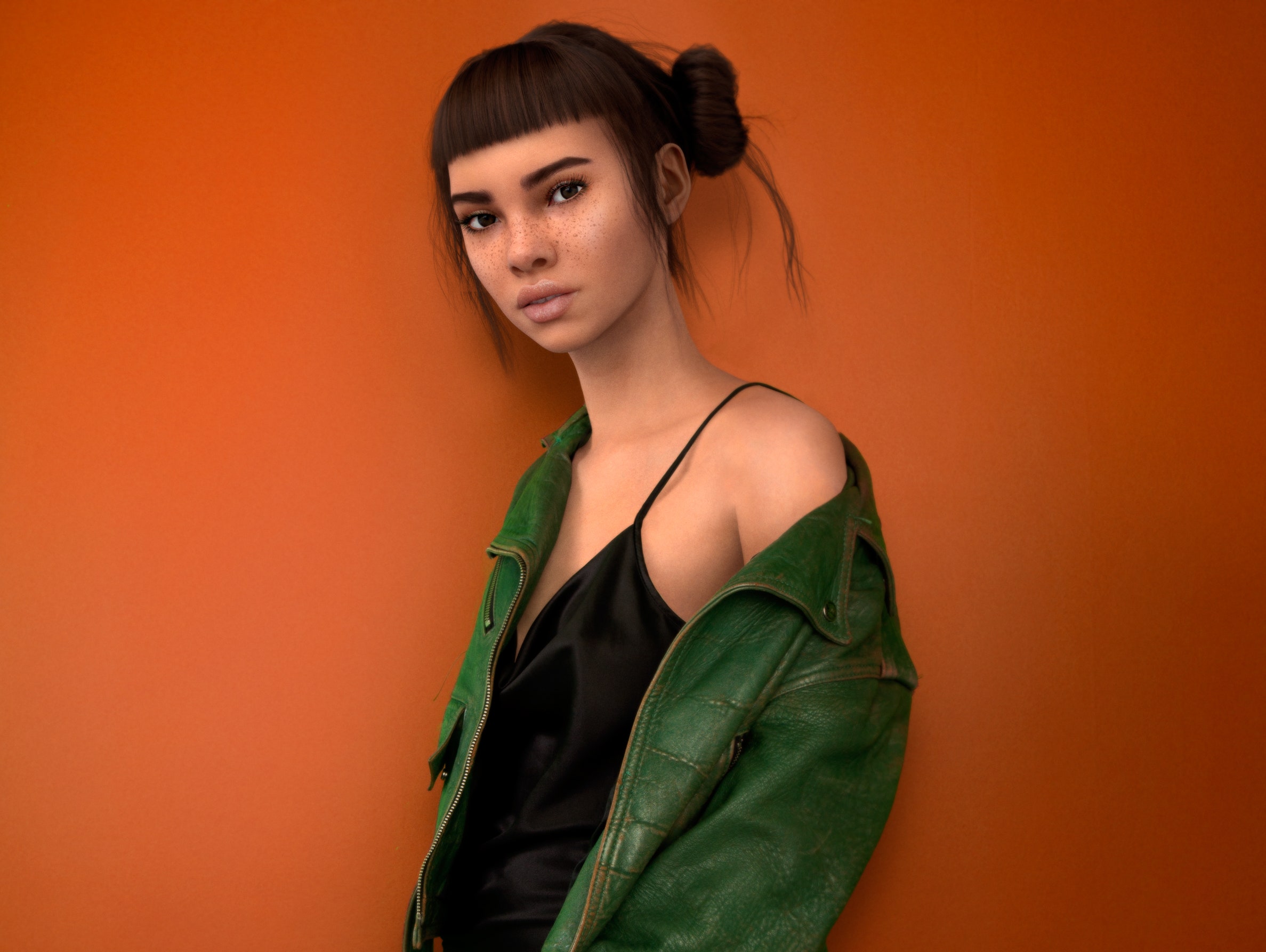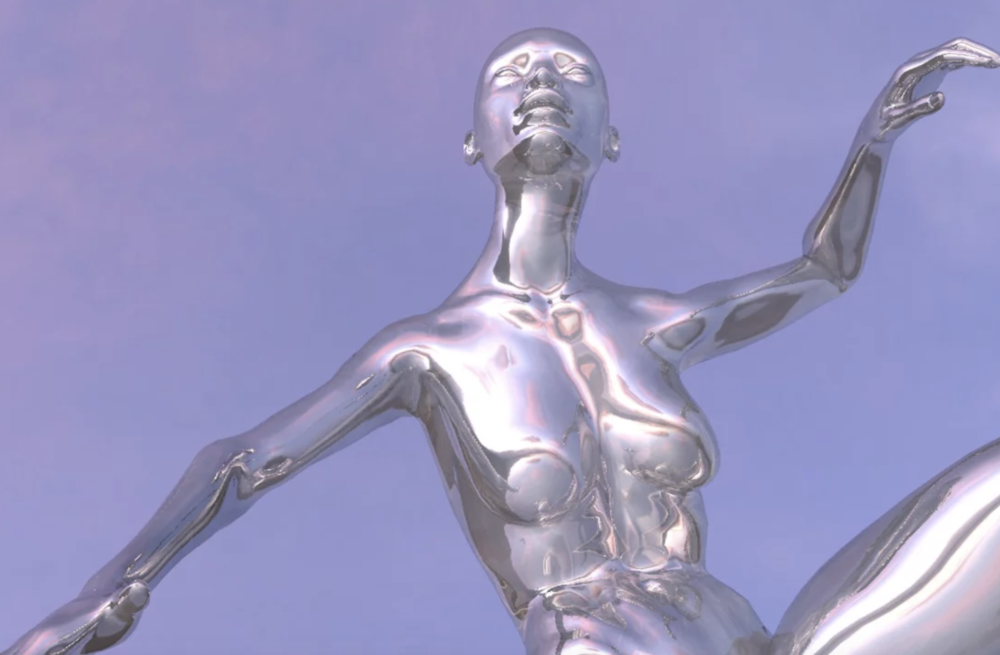Released on January 1st Lossy is the latest single from self-described post-human post-genre musician P2 or Pkilladuh. Featuring heavy production and airy synthesizers, the song gives the unmistakable feeling that you’re listening to some sort of alt ambient loading music from deep inside the metaverse. For those in the terrestrial realm, Lossy is the kind of music you could enjoy anywhere from an art gallery to a solo smoke session. This is the second single from the artist who straddles the binary between physical and digital realities. P2’s first song 12AM, was released in March of 2020 and like Lossy it is dedicated to the creation of an ethereal atmosphere, though 12AM is decidedly moodier.

Virtual Musicians
While P2’s music itself is notable, it is their persona that makes them truly stand out as an artist. Their website and Instagram are carefully cultivated, and yet devoid of any information that would allow you to understand who the artist truly is. Indeed, between the binary and digitally generated seemingly moonscape images there are only a handful of images and gifs available of the enigmatic P2. Even these, while strikingly beautiful, occupy an uncomfortable liminal space seemingly playing into a sense of the uncanny valley. P2 is just one creator within a growing trend of virtual musicians who call into question their own reality. The first virtual musicians – that is to say, musical artists who themselves do not exist but are created by people or AI – can be traced back to 1990s Japan. In 1995 the Japanese talent agency Horipro created a computer-generated pop idol named Kyoko Date. Revolutionary for her time, Date was modelled closely after real human beings and was given her own intricate backstory that painted her as a typical Japanese girl. Though Date was computer-generated a real singer and voice actor did provide her vocals. In the following years, this technology was replicated several times in Japan and elsewhere resulting in several virtual pop stars inspired by Kyoko.

Gorillaz
Years later, in 1998 the Gorillaz – still popular today – came onto the scene. The Gorillaz were a band of 4 characters with their own looks and personalities who were voiced by British musician Damon Albarn and animated by Jamie Hewlett. The group garnered huge success amongst American and British music audiences and was made further popular through world-building music videos that featured all of the characters as well as interviews, and cartoon shorts.
Lil Miquela
In 2016, however, virtual musicians crossed the line from purely character to unsettlingly real digital creators. Lil Miquela, a CGI character for the first years of her existence sparked debates about her identity – who she was and if she was even real. Since 2018 Miquela’s creator has come forward but Miquela herself has only grown more popular as she has been pictured with real-world celebrities such as Diplo and Millie Bobby Brown. Miquela’s music is heavily produced and like her voice seems to occupy the uncanny valley between real and autotuned into existence.


Where P2 differs from Lil Miquela is their complete rejection of any semblance of a normal ‘terrestrial’ life. Through their branding and their sound, P2 makes clear that they exist in a post-pop-star sense, making music not for people but for other digital beings. As expressions of culture and social connection become increasingly situated online, virtual musicians offer a vision for the future of pop stars for a generation who expresses themselves digitally. However, the rising popularity of these idealized computer-generated personas may also be understood as part of a more sinister trend towards unrealistic standards of not only beauty but identity that are possible to promote in an online space. Today as Mark Zuckerberg’s Metaverse comes to fruition and over 3.6 billion people utilize social media, the impact of a digital spaces wherein the virtual self can take on the semblance of primacy over reality can take a serious toll on people behind the screens. In the case of P2 and Lil Miquela – admittedly like many pop stars in the terrestrial world – their idealized bodies and unattainable beauty may serve to damage young viewers who will compare themselves to these digital idols. That being said it seems that a further blending of ourselves and the digital world will be a defining feature of the 21st century and as such the rise in virtual music artists fits neatly into this trend.
Kate is an Editorial Intern at liminul.
She is a writer, photographer, and graphic designer based in Montreal. Kate is currently in her final year of her B.A. at McGill University where she is double majoring in history and art history.
Follow her on Instagram

